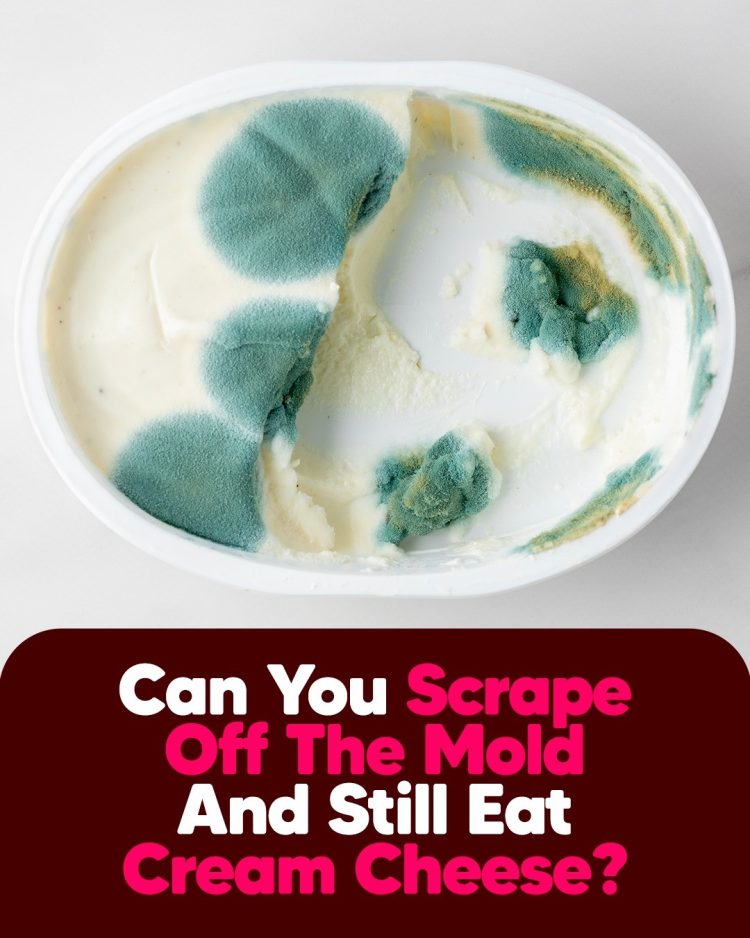No. You should never attempt to scrape off mold from cream cheese and continue eating it. Soft cheeses offer the perfect environment for mold and bacteria to spread beyond what’s visible. Even if you remove the surface mold, invisible roots may already have contaminated the entire product. Eating moldy cream cheese can expose you to harmful bacteria like Listeria, Salmonella, or Brucella, which are especially dangerous for children, pregnant women, and immunocompromised individuals. When in doubt, throw it out.
The Importance of Storage Temperature
The type of mold that develops on cheese also depends on the storage temperature. The most dangerous molds, those that produce harmful toxins, thrive at warmer temperatures. That’s why cheese should always be stored in the refrigerator, ideally between 41°F (5°C) and 44.6°F (7°C).
Also consider when the mold appeared:
-
If it developed while stored in the fridge, it may be less risky.
-
If it grew at room temperature, the risk increases significantly—discard it without hesitation.
Is It Worth Trying to Clean Moldy Cheese?
If your cheese is a hard or semi-hard type and has been properly stored in the refrigerator, you may be able to save part of it. To do this, cut away the moldy area along with at least 1 inch (2.5 cm) around and below it. Be careful not to use the same knife or surface for the clean part to avoid cross-contamination.
That said, consider whether salvaging it is really worth it. If the piece is small and the mold contamination is extensive, the risk of not removing all the mold outweighs the benefit. In those cases, it’s better to play it safe and discard it.
Conclusion:
Cheese can often be saved—but only under the right conditions. As a general rule:
-
Soft cheeses with mold? Toss them.
-
Hard or semi-hard cheeses with mold? You can try to salvage them—but cut generously around the mold.
-
Always store cheese properly, and never taste-test to judge its safety.
Knowing when to let go and when to rescue your cheese can help you avoid both waste and health risks.
